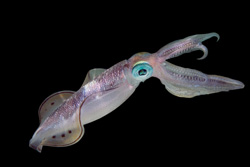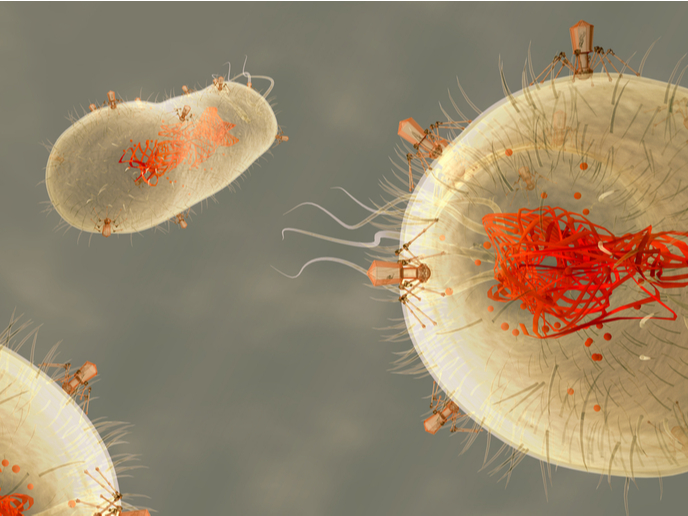Female mating tactics inspire male competition
The fact that females have multiple mating partners leads to males assuming different mating tactics. Differences among species in mating strategies are predicted to influence fertilisation opportunities and paternity bias, thus affecting male sperm allocation strategies. Large males groups follow and protect females during mating and egg laying, while small 'sneakers' make attempts to mate without challenging the consort male. Such alternative tactics create differences in sperm competition risk, which in turn often result in changes to a species' form and physiology. Sneaker males are thought to put more energy into producing sperm so as to make up for disadvantages in behavioural competition. But sperm competition usually occurs inside the female after mating. This makes it difficult to distinguish the pre- and post-mating processes that drive sexual and natural selection and the effects on male evolution. Female loliginid squid have two distinct sites where they store sperm, which can all be fertilised during the egg laying process. This phenomenon has been correlated with the different mating strategies adopted by males and clearly influences post-mating sperm competition and female choice dynamics. 'How do post-copulatory male-male and male-female interactions shape the evolution of mating strategies? A test using two species of squid' (Squid-switch) compared two squid species in order to investigate post-copulatory sexual selection. The South African species Loligo reynaudii and the Japanese species Loligo bleekeri present alternative mating tactics and multiple paternities within egg strings. The EU-funded project thus set out to examine interactions of male sperm competition strategy and female approach to sperm storage and usage. Project partners developed new techniques to assess male morphological traits and to study mating in the wild as well as in captivity. These were applied to both squid species. Data obtained indicate that the opportunity to fertilise affects sperm investment strategy. In L. bleekeri, alternative male mating tactics were associated with discontinuous spermatophore dimorphism. The gonadosomatic index (GSI) was correlated with mantle length, but was not different between male groups. However, higher GSI in smaller males within each tactic suggested strong intra-group sperm competition. Spermatophore dimorphism was also found in L. reynaudii and was also related to male tactic. But in this species, the relationship between male and spermatophore size was continuous, with higher GSI in smaller (sneaker) males. Results suggest that sneaker sperm has a better opportunity to engage in sperm competition against consorts. The Squid-switch project outcomes have the potential to contribute to the development of conservation and management strategies for such commercially exploited species.







